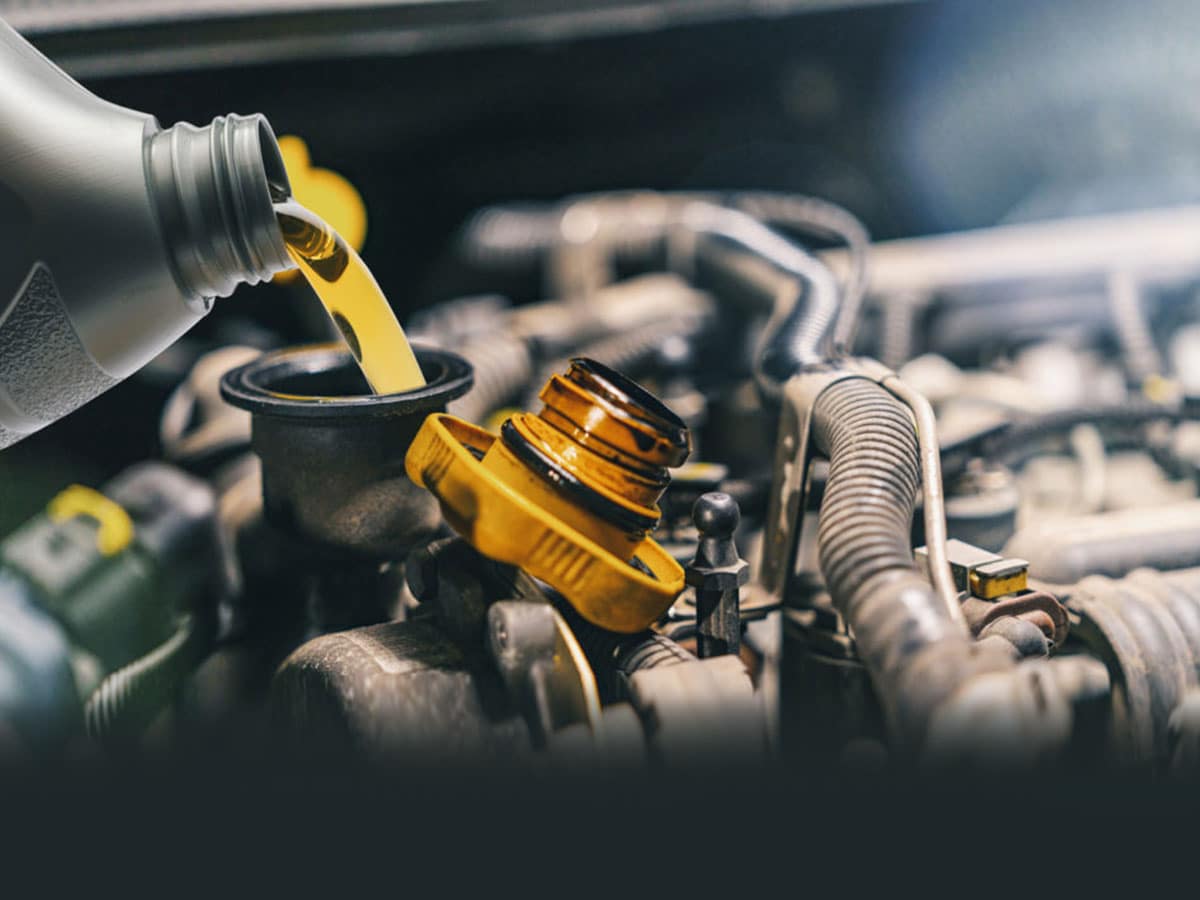Ensuring the regular changing of motor oil stands as a cornerstone in the realm of car maintenance. This essential task is paramount for sustaining the smooth and efficient functioning of your vehicle’s engine, ultimately contributing to the prolonged lifespan of your cherished automobile. In the forthcoming guide, we embark on a journey through the step-by-step process of How to change motor oil in your car, equipping you with the knowledge and guidance necessary to execute this vital maintenance procedure with precision and efficacy.
Understanding the Importance of Maintenance
Before delving into the practical aspects of oil changing, it’s imperative to grasp the significance of this routine maintenance task. Motor oil serves as the lifeblood of your vehicle’s engine, lubricating its intricate components and safeguarding against friction and wear. Regular oil changes ensure that the engine remains adequately lubricated, thus optimizing its performance and longevity. How To Change Motor Oil
How Cruise Control Systems Work
Gathering the Necessary Supplies
To commence the oil-changing process, assemble the requisite materials to facilitate a seamless execution:
- New oil filter
- Fresh motor oil
- Oil filter wrench
- Oil pan
- Funnel
- Rags
- Protective gloves
Step 1: Preparing Your Vehicle
Initiate the process by warming up your car’s engine for a few minutes. This preliminary step aids in liquefying the motor oil, allowing for smoother drainage during the subsequent stages.
Step 2: Locating and Accessing the Oil Pan
Navigate beneath your vehicle to locate the oil pan, a reservoir situated beneath the engine. Identify the drain plug, typically positioned at the lowest point of the oil pan, serving as the conduit for draining the old oil.
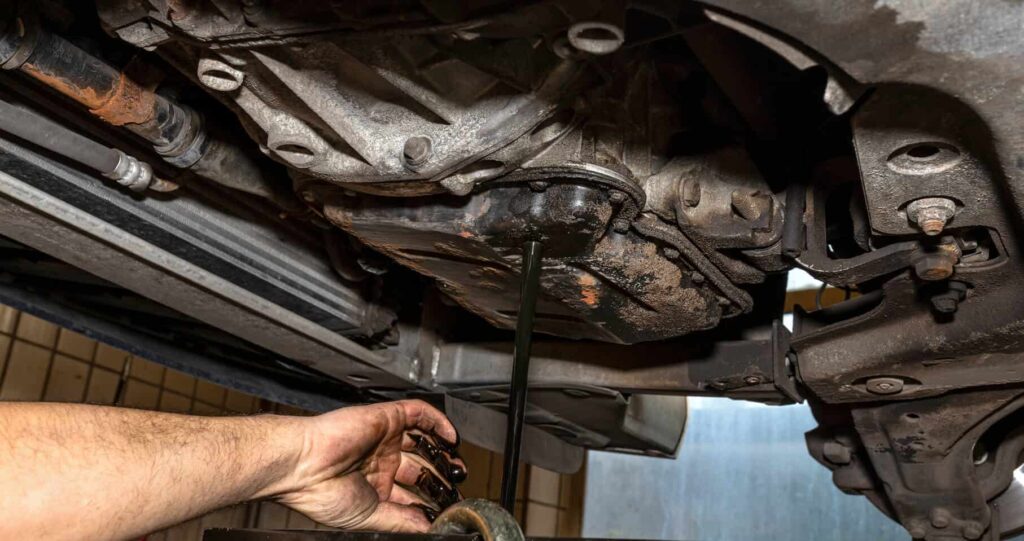
Step 3: Draining the Old Oil
Position the oil pan beneath the drain plug and utilize a wrench to carefully loosen its grip. With the plug loosened, proceed to remove it entirely, allowing the spent oil to flow freely into the receptacle below. Exercise caution to prevent spillage and ensure the proper disposal of the old oil in an environmentally responsible manner.
Step 4: Removing and Replacing the Oil Filter
Locate the oil filter, often situated adjacent to the oil pan, and employ an oil filter wrench to carefully detach it from its housing. Take care to avoid spillage as you remove the old filter. Before installing the new oil filter, apply a small amount of fresh oil to the rubber gasket to ensure a secure seal. Hand-tighten the new filter into place and secure it with the oil filter wrench.
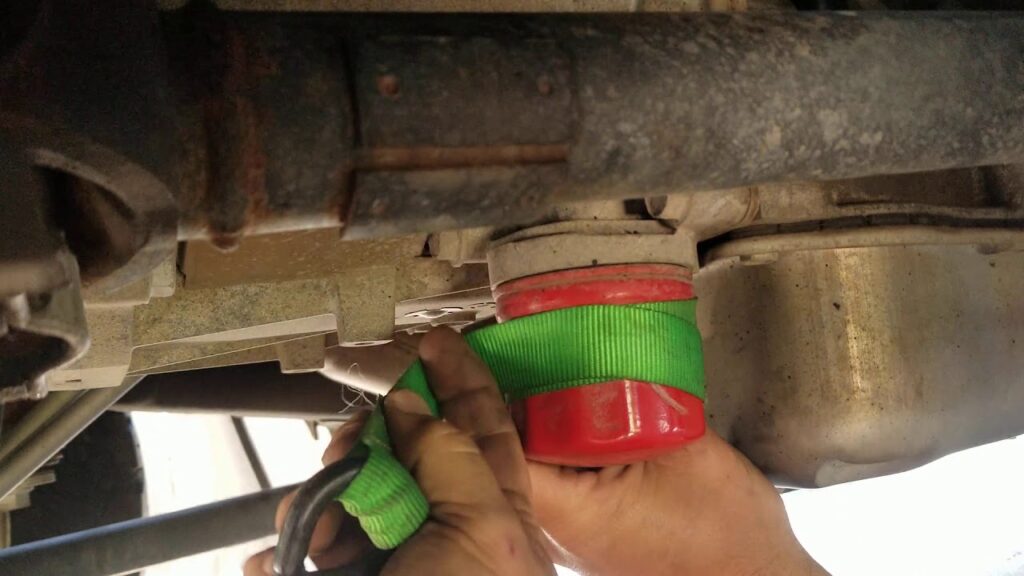
Step 5: Refilling with New Oil
Utilizing a funnel, pour the prescribed quantity of fresh motor oil into the engine through the designated oil filler hole. Consult your vehicle’s owner’s manual to determine the recommended type and quantity of oil for optimal performance. Once the oil has been replenished, reseal the oil filler hole with the appropriate cap.
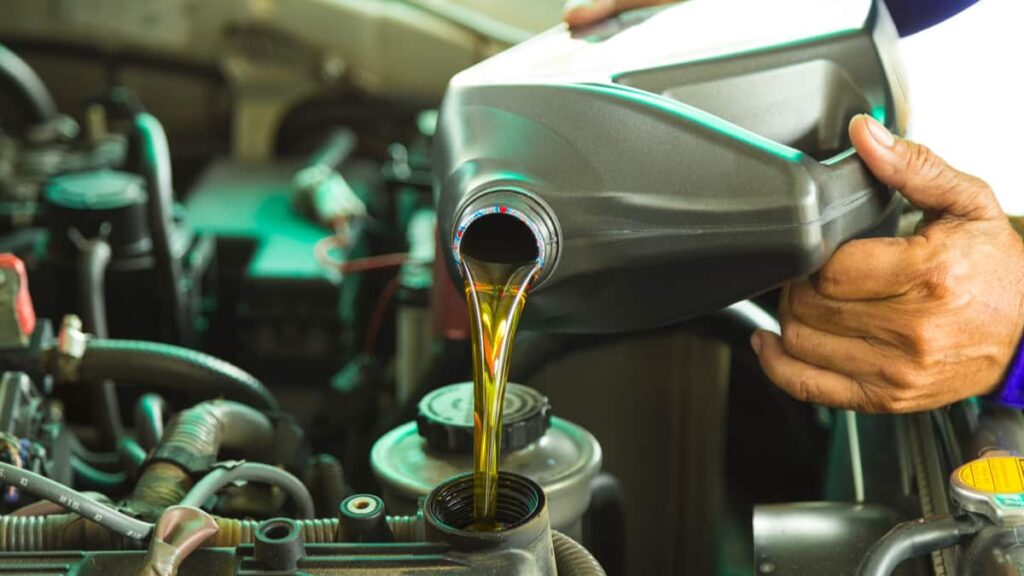
Step 6: Checking and Adjusting Oil Level
Start the engine and allow it to run for a few minutes to circulate the new oil throughout the system. After shutting off the engine, wait briefly for the oil to settle before using the dipstick to check the oil level. Add more oil if necessary to maintain the recommended level.
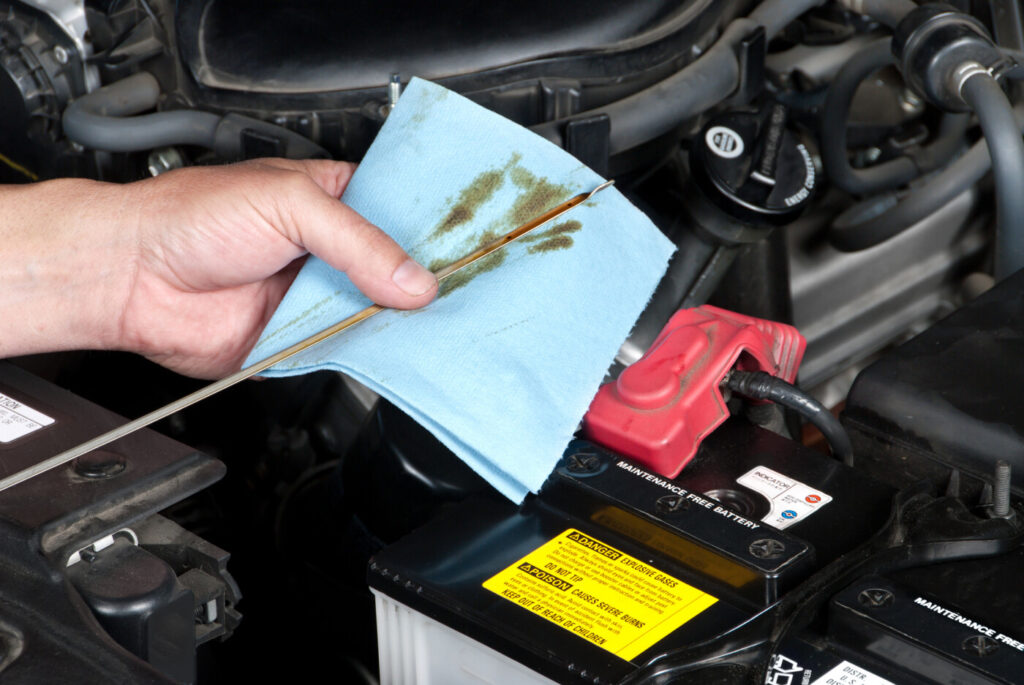
Step 7: Final Cleanup
Thoroughly clean any spills or drips using absorbent rags, ensuring that the workspace is left pristine. Dispose of the old oil and filter by local regulations, preserving the environment and promoting sustainability.
How To Change Motor Oil Conclusion: Sustaining Your Vehicle’s Health and Performance
In conclusion, the process of changing the motor oil in your car emerges as a fundamental aspect of vehicle maintenance, essential for preserving the longevity and efficiency of your cherished automobile. By adhering to the outlined steps and incorporating regular oil changes into your maintenance routine, you not only uphold the integrity of your vehicle but also mitigate the risk of costly repairs in the future. Commit to this simple yet indispensable task, and reap the rewards of a smoothly running engine and extended vehicle lifespan.

